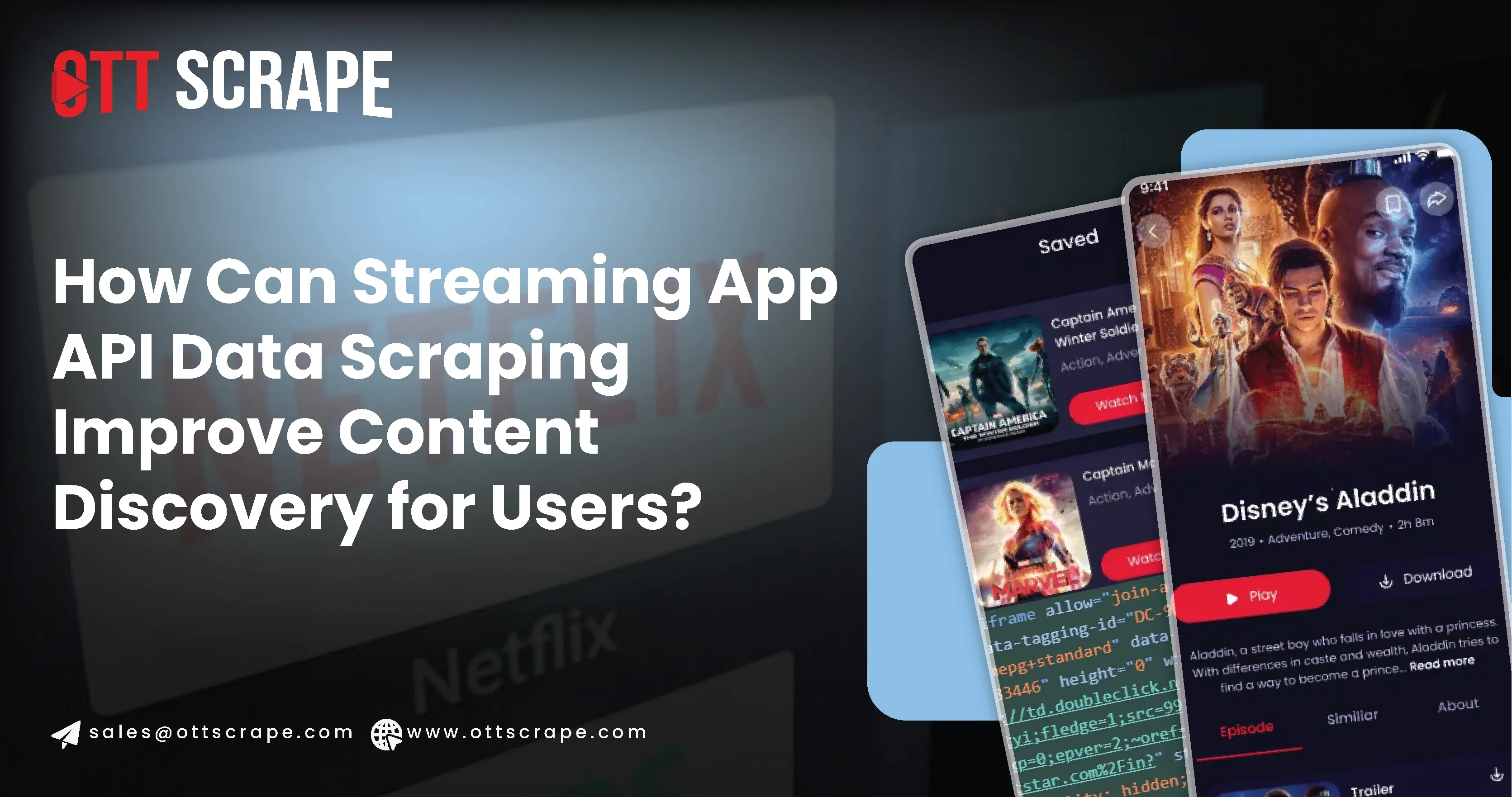
With the explosion of streaming services such as Netflix , Amazon Prime, Hulu, Disney+, and more, consumers are often overwhelmed by the sheer volume of available content. Content aggregation platforms—applications or websites that gather and display content from various sources—offer users a convenient way to browse, compare, and select streaming options from multiple services in one place. Data on shows, movies, ratings, and availability must be collected efficiently to power these platforms. This is where streaming app API data scraping comes into play.
In this article, we'll explore how streaming app API data scraping services enhance content aggregation platforms, the techniques involved in web scraping, and the legal and technical challenges developers face. Furthermore, we'll explore how scraped data enhances user experiences on content aggregators and offer best practices for ethical and compliant scraping.
The Need for Content Aggregation Platforms
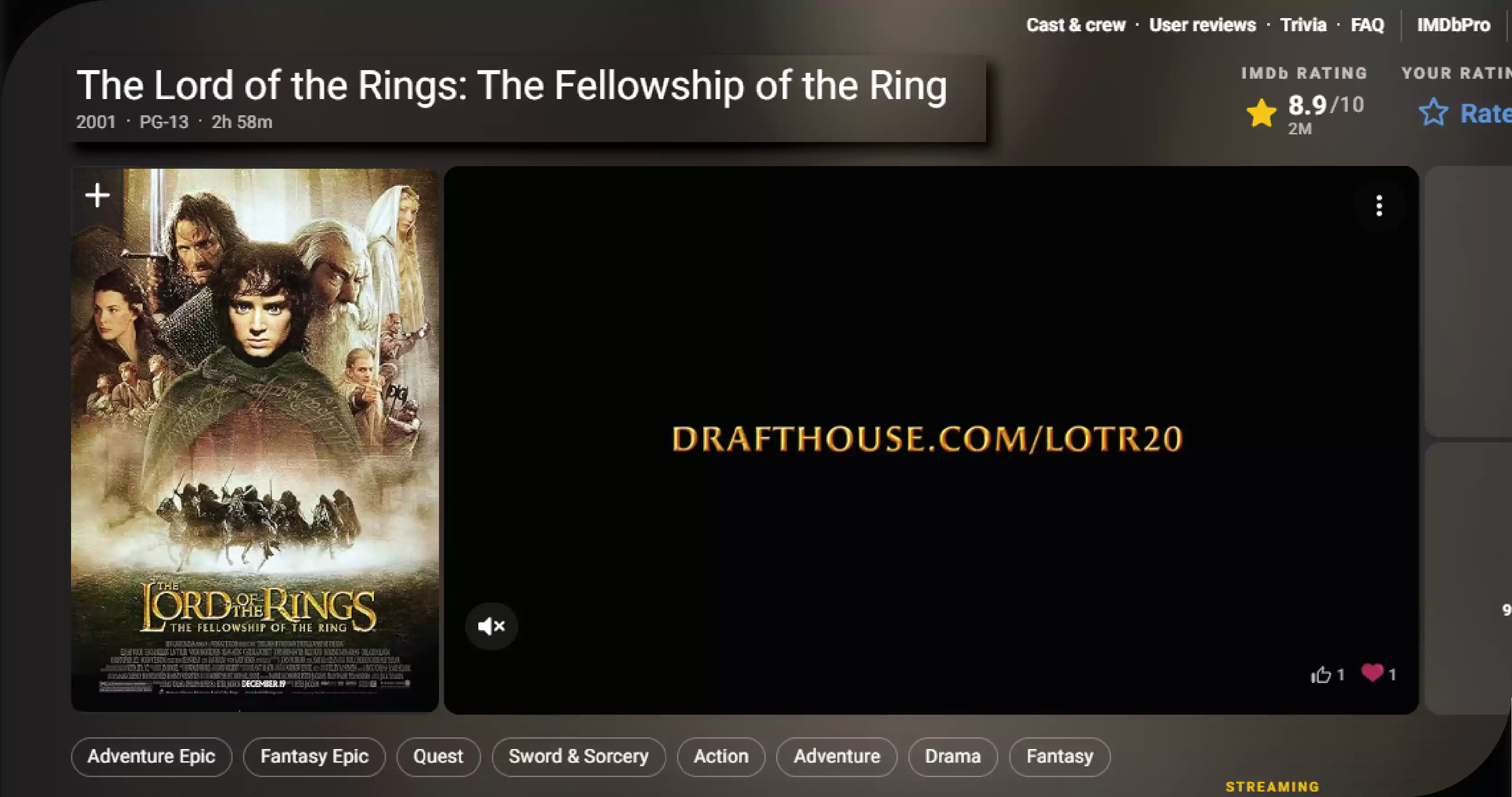
Streaming platforms offer a vast variety of content, but accessing this content often requires multiple subscriptions. Consumers are left switching between apps and struggling to find shows or movies across different platforms. Content aggregation platforms solve this issue by providing a unified interface where users can search for content from different streaming apps in one location. The core challenge for these platforms is collecting accurate and up-to-date data on thousands of movies. It shows across multiple streaming services, which can be achieved using a streaming app API data scraper. This includes metadata like:
• Titles and descriptions
• Cast and crew information
• Ratings and reviews
• Availability in specific regions or languages
• Subscription plans and pricing
• Genre classification
• Release dates
Most streaming services don't provide a public API for accessing this data. Even when available, APIs are often restricted or require expensive licensing agreements. As a result, many content aggregators turn to streaming app API data collection to gather the necessary data.
What is Streaming App API Scraping?
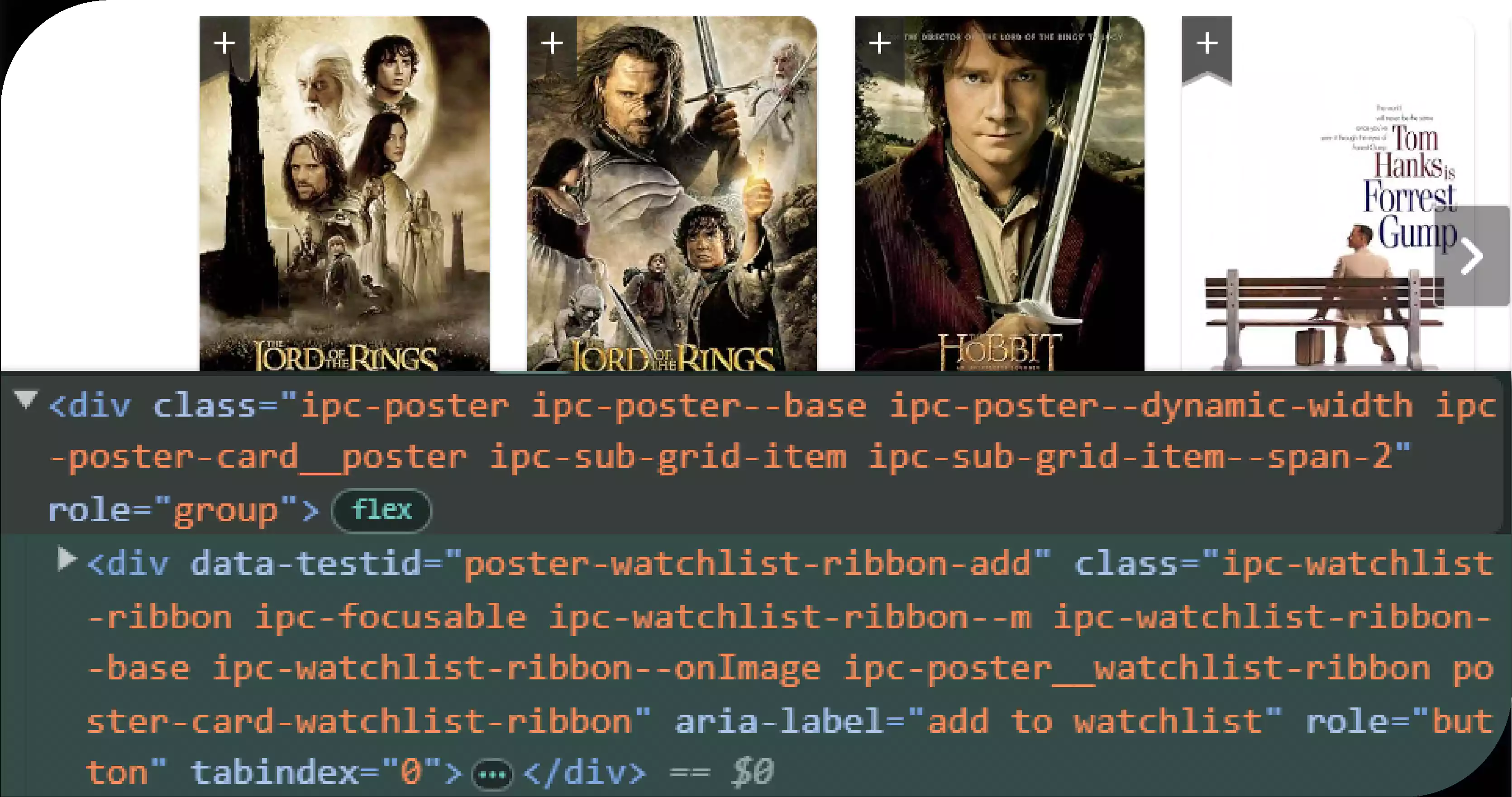
Web scraping streaming app API data involves using automated scripts or bots to collect data from streaming service websites or APIs (if unofficial access is allowed). This process typically involves parsing HTML, JSON, or XML content to collect the necessary data, which can then be stored in a structured database for easy access by the content aggregator's platform.
Scraping techniques commonly used for streaming services include:
• HTML parsing: For streaming apps that render their data directly on web pages, HTML parsers like BeautifulSoup in Python can scrape relevant information.
• API requests: If an unofficial API endpoint is discovered, developers can directly access the streaming service's API using tools like Python's requests library.
• Dynamic content scraping: Many streaming apps use JavaScript to load data dynamically. Tools like Selenium or Puppeteer can simulate a browser session and capture the dynamically loaded content in such cases.
• Headless browsers simulate a user's browser, allowing the scraper to interact with pages as a human would while collecting the necessary data.
Enhancing Content Aggregation Platforms Through Scraping
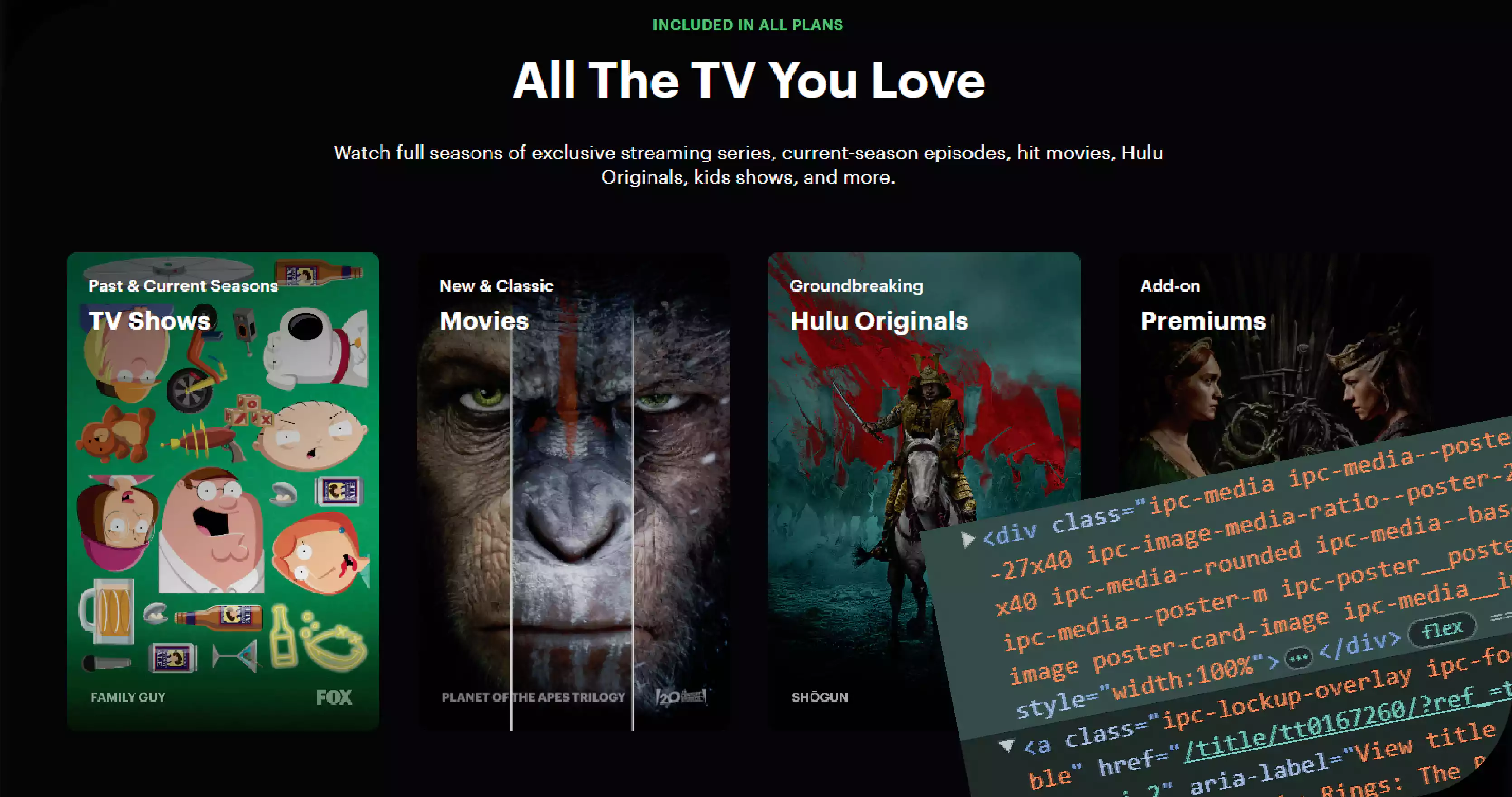
Streaming app API data extraction enhances content aggregation platforms in several ways:
1. Comprehensive Content Discovery
A key feature of content aggregation platforms is the ability to present a complete picture of what is available across multiple streaming services. By scraping data from different streaming platforms, aggregators can compile extensive content catalogs, enabling users to discover shows and movies they might not have found otherwise.
For example, a content aggregation platform could use streaming app API scraping to offer users search results that include titles from Netflix, Hulu, Amazon Prime, and Disney+, complete with information on where the content is available and how much it costs. This comprehensive view of content availability is made possible by systematically scraping each platform's library.
2. Real-Time Updates
One of the biggest challenges for content aggregation platforms is ensuring the data remains accurate and up-to-date. Streaming platforms frequently update their libraries, adding or removing content, changing subscription models, or modifying availability based on geographic regions.
Streaming app API data scrape provides content aggregators with a method for regularly collecting updated data. Platforms can maintain real-time accuracy in their content listings by scheduling scraping tasks to run periodically. This ensures that users always have access to current information, allowing them to make more informed decisions about which service to use.
3. Personalized Recommendations
Another significant benefit of API scraping for content aggregation platforms is the ability to power personalized recommendations. Scraped data can be analyzed to track viewing trends, user preferences, and content popularity. By integrating machine learning algorithms with the scraped data, content aggregators can offer highly personalized suggestions based on users' viewing habits, genres, or preferences.
For example, an aggregator might use historical viewing data scraped from various services to recommend new movies or shows tailored to a user's tastes, even if the content is hosted on a platform they don't currently subscribe to. This enhances user engagement and provides more value to the aggregation platform.
4. Price Comparisons
Subscription costs can vary significantly between platforms, and content aggregation platforms can use API scraping to help users compare prices across services. By scraping pricing information from streaming apps, aggregators can provide users with cost comparisons, including details on monthly subscriptions, pay-per-view fees, or free trials.
Moreover, some content aggregation platforms may also track price changes over time, alerting users when their favorite streaming service offers a discount or promotional offer.
5. Enhanced User Experience
With rich, organized data gathered through API scraping, content aggregation platforms can offer additional features that enhance user experience. For example, platforms can provide in-depth details about each show or movie, such as cast and crew information, user ratings from various platforms, and related content suggestions. This improves the overall browsing experience, allowing users to make more informed decisions about what to watch.
Challenges and Solutions in Streaming App API Scraping
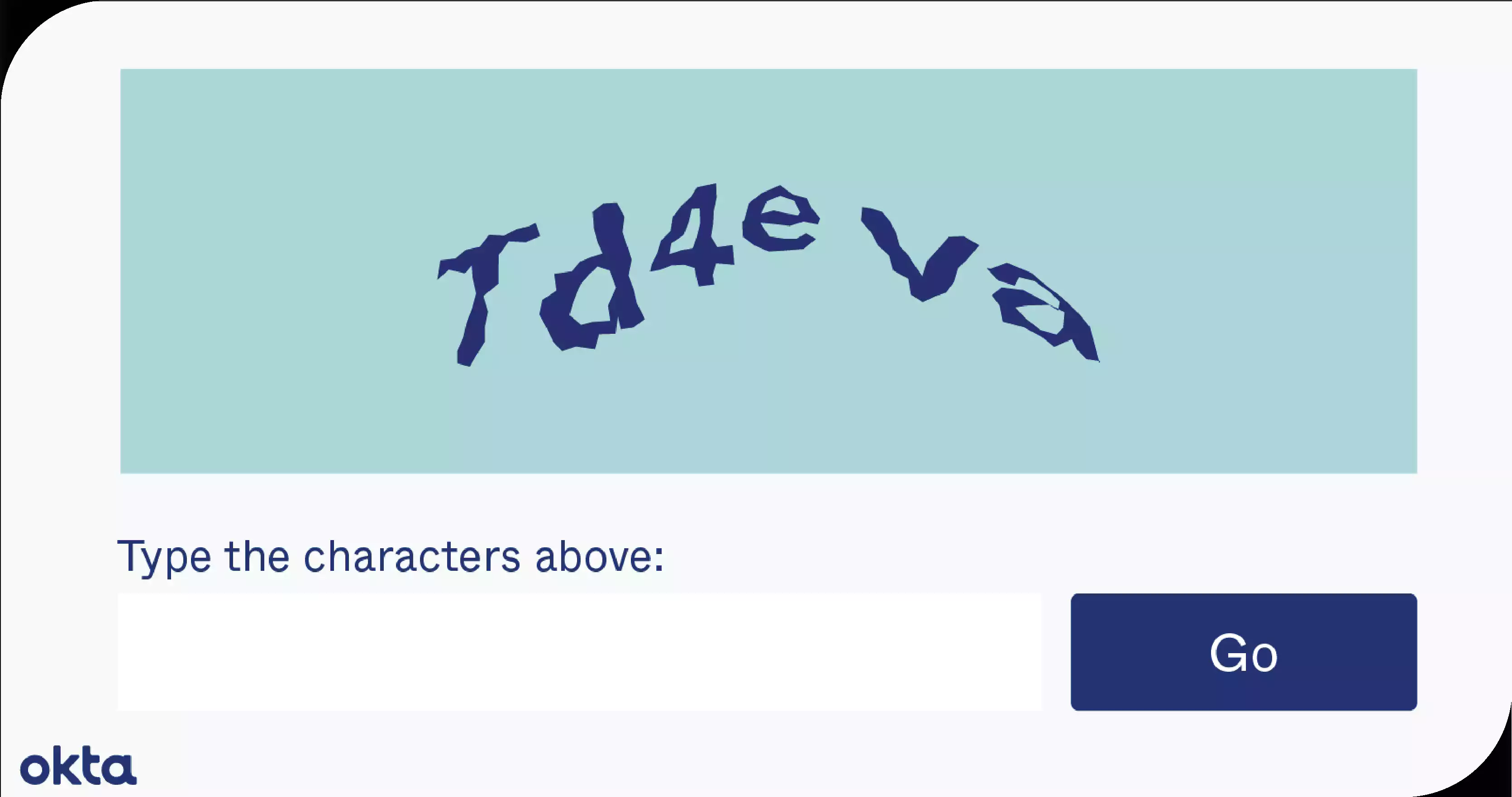
While scraping data from streaming apps offers many benefits, developers must navigate several technical and ethical challenges.
1. Legal and Ethical Considerations
Scraping data from streaming services may violate their terms of service, especially without explicit permission. Unauthorized scraping can lead to legal repercussions, including bans, lawsuits, or damage to the aggregator's reputation.
To avoid these issues, developers should:
• Review the terms of service: Always check the terms of service of the streaming platforms you plan to scrape. Some platforms may allow limited scraping for personal use but prohibit it for commercial purposes.
• Obtain permission or licenses: To collect their data legally, seek official API access or licensing agreements with the streaming service.
• Use data responsibly: Even when scraping is allowed, ensure that the data collected is used ethically and doesn't violate user privacy or copyrights.
2. CAPTCHAs and Anti-Scraping Measures
Many streaming services deploy anti-scraping measures like CAPTCHAs or IP blocking to prevent unauthorized data extraction. These measures can make scraping more difficult, but solutions do exist:
• Headless browsers: Tools like Selenium can automate CAPTCHA-solving by simulating a user session.
• IP rotation: Using proxies and rotating IP addresses can prevent services from blocking scrapers based on repetitive requests from a single IP.
• Rate limiting: Respect the website's server resources by pacing the scraping requests and avoiding excessive traffic that could raise flags.
3. Dynamic Content Loading
Modern websites often load content dynamically using JavaScript, which makes it more challenging to scrape data using traditional HTML parsing. Solutions to this problem include:
• Selenium or Puppeteer: These tools can simulate fundamental user interactions and capture dynamically loaded data.
• API Endpoints: Look for hidden API endpoints used by the website to fetch data in JSON or XML format, which can be scraped more easily than dynamically rendered HTML.
4. Data Volume and Storage
Scraping data from multiple streaming platforms can result in vast amounts of data that require efficient storage and organization. Developers must consider how to:
• Store data: To store and organize large volumes of data, use structured databases like MySQL or NoSQL options like MongoDB.
• Update and maintain data: Regularly scrape data to keep the platform's content listings accurate and up-to-date.
Best Practices for Ethical Streaming App API Scraping
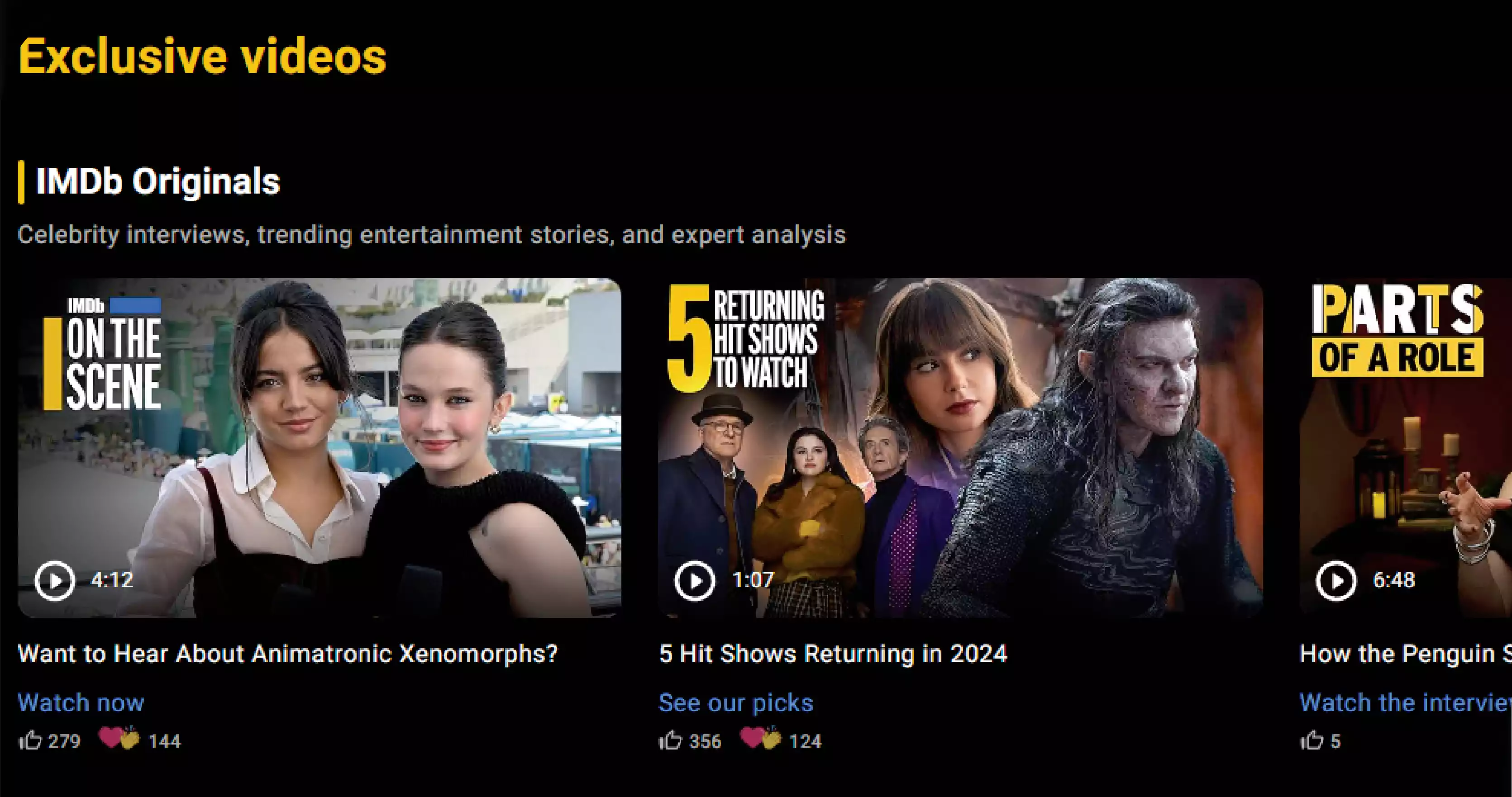
Here are a few best practices for ethically and effectively scraping streaming app data:
1. Scrape Responsibly: Always be mindful of the server's resources. Avoid excessive scraping that could overload a streaming service's website and lead to downtime.
2. Respect Privacy: Do not scrape sensitive information, such as personal user data, and always comply with privacy regulations like GDPR.
3. Use Proxies Wisely: Rotate IPs to avoid getting blocked, but refrain from using proxies to scrape restricted or region-locked content unlawfully.
4. Monitor Changes: Streaming services frequently update their website structures. Stay updated with any changes in their APIs or website layouts that might impact your scraping script.
Conclusion
In the age of streaming, content aggregation platforms play a vital role in helping users navigate the vast and fragmented streaming landscape. Streaming app API scraping allows these platforms to gather comprehensive and up-to-date data from multiple services, enhancing their users' content discovery, personalization, and price comparison features. However, it is essential to scrape data responsibly and ethically, respect the terms of service of streaming providers, and adhere to legal and technical best practices. When done correctly, API scraping can provide the foundation for a seamless and informative user experience in streaming content aggregation.
Embrace the potential of OTT Scrape to unlock these insights and stay ahead in the competitive world of streaming!
